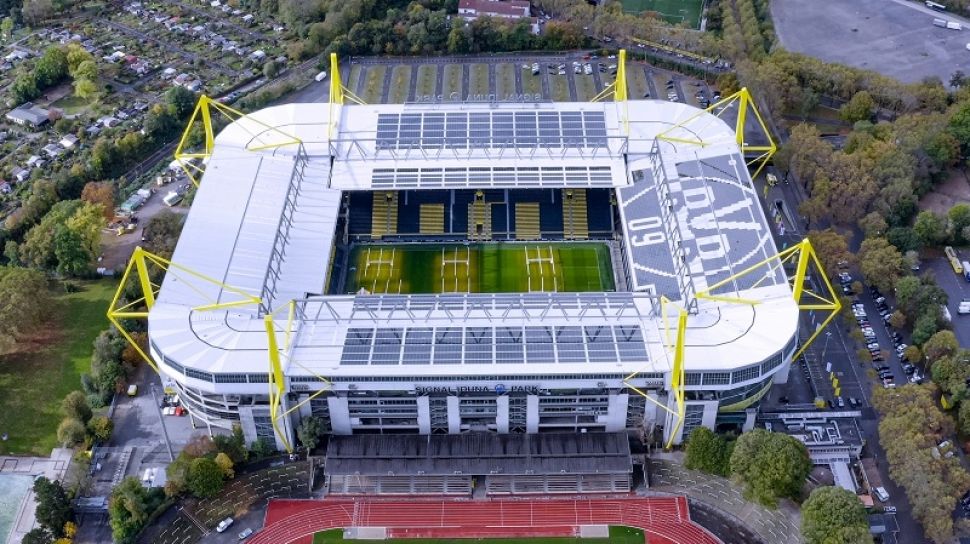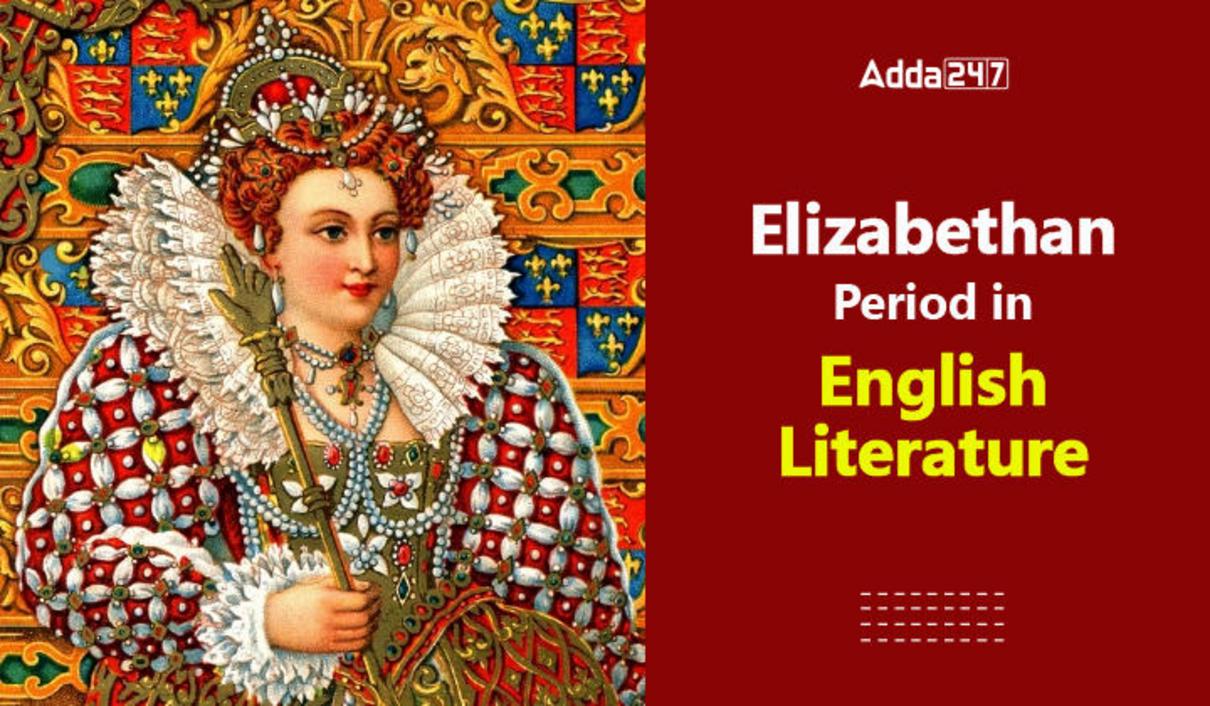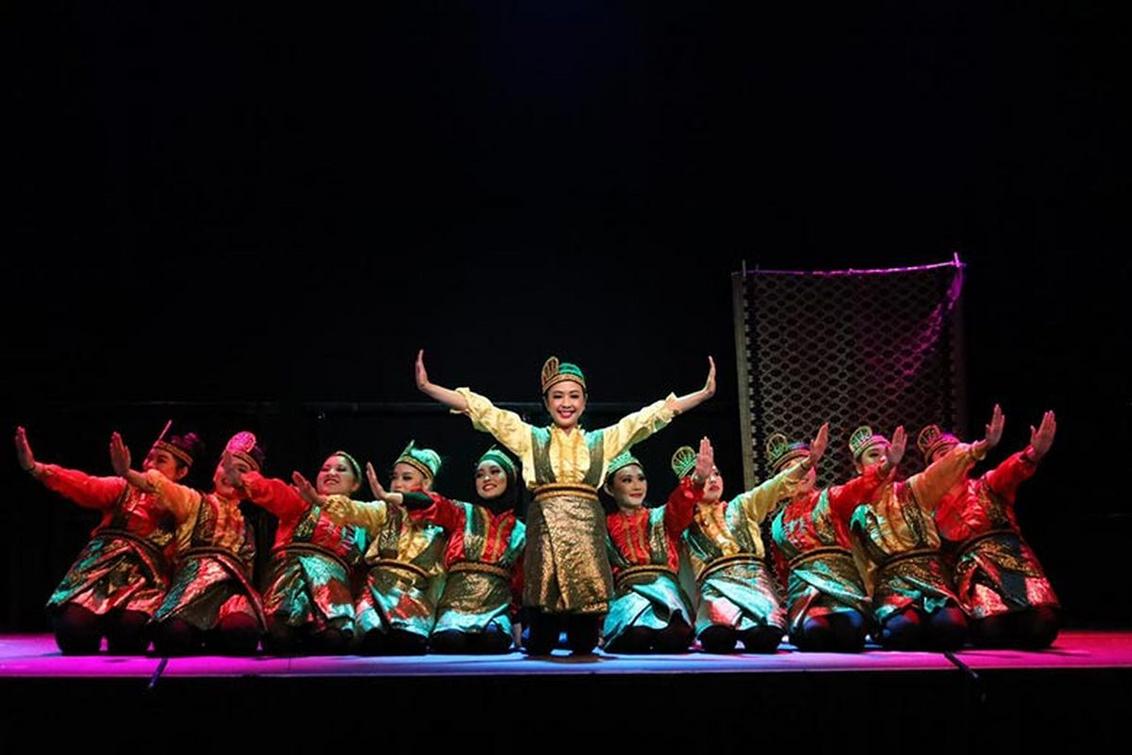Signal Iduna Park, also known as Westfalenstadion, is the iconic home stadium of Borussia Dortmund, one of Germany’s most successful and passionate football clubs. Located in the western city of Dortmund, the stadium stands as a symbol of the club’s rich history, undying fan support, and the culture of football in Germany. With its towering stands, incredible atmosphere, and a history spanning decades, Signal Iduna Park is not just a place where football matches take place but a living testament to the passion and energy of the sport.
In this article, we will delve into the history, features, and significance of Signal Iduna Park, examining how it has become one of the most renowned football stadiums in the world.
Table of Contents
ToggleA Brief History of Signal Iduna Park

Signal Iduna Park’s history dates back to the early 1970s, with construction beginning in 1971. The stadium was initially named Westfalenstadion after the region of Westphalia, where Dortmund is located. Its opening match took place in 1974, with Borussia Dortmund playing against Schalke 04 in a derby that captivated the local community jonitogel.
In its early years, the stadium had a seating capacity of around 54,000. However, as Borussia Dortmund’s success grew and the demand for tickets soared, the stadium was expanded multiple times over the years. The most significant upgrade occurred in the early 2000s when the seating capacity was increased to over 81,000, making it the largest stadium in Germany by capacity. This expansion was part of a larger movement across Europe to modernize football facilities ahead of the 2006 FIFA World Cup.
In 2005, the stadium underwent a major corporate rebranding, and the naming rights were sold to the German insurance company Signal Iduna, resulting in the stadium being known as Signal Iduna Park. Despite the change in name, the stadium continues to be affectionately referred to by many fans as Westfalenstadion, a name that resonates deeply with the club’s identity and history.
Features of Signal Iduna Park
Signal Iduna Park is known for its impressive architectural features, which blend modern design with the traditions of football. Its most notable feature is the Yellow Wall, a term used to describe the towering South Stand, or Südtribüne, which is the largest terrace stand in Europe. The South Stand is a sea of yellow and black, with Dortmund fans passionately supporting their team. On matchdays, the atmosphere in this stand is electrifying, with fans singing, chanting, and creating an environment that rivals some of the most famous football grounds in the world.
The South Stand, which has a capacity of 25,000 supporters, is the focal point of the stadium’s energy. It is a standing-only section where fans can freely stand and cheer, an atmosphere that is increasingly rare in modern football due to safety regulations. This area has become a symbol of Borussia Dortmund’s strong fan culture and their intimate connection with the team.
Aside from the South Stand, Signal Iduna Park is equipped with state-of-the-art facilities, including VIP lounges, modern seating, and excellent access for fans. The stadium is also a key part of Dortmund’s urban landscape, located near the city center, making it easily accessible for both local and international visitors.
The stadium is known for its incredible acoustics, thanks to its bowl-like shape and the steepness of the stands. The noise generated by the crowd at Signal Iduna Park can be deafening, especially during intense moments of a match. It is this deafening atmosphere that makes the stadium one of the most intimidating places for opposing teams to play.
Atmosphere and Fan Culture
The atmosphere inside Signal Iduna Park is one of the most vibrant in the world of football. The passionate Borussia Dortmund supporters are famous for their unwavering loyalty and dedication to the team. The club has one of the most dedicated fanbases, not only in Germany but worldwide. The stadium’s capacity allows for an intense and visually stunning atmosphere, particularly during big games against rivals like Bayern Munich or Schalke 04.
One of the unique aspects of the fan culture at Signal Iduna Park is the Yellow Wall, the iconic South Stand, which remains one of the largest standing terraces in Europe. The sheer scale and energy of the Yellow Wall, with tens of thousands of fans packed together, is a sight to behold. The crowd is often seen waving yellow and black scarves, holding up banners, and singing chants that echo throughout the stadium. The fans create an environment that fuels Borussia Dortmund’s players, providing them with an emotional and physical edge during matches.
Dortmund’s fan culture is also marked by a sense of unity and solidarity. The club’s supporters come from all walks of life, yet they are united by their love for the team. The club’s motto, “Echte Liebe” (True Love), emphasizes the deep connection between the fans and the club. This connection is evident not only during home games but also when Borussia Dortmund travels abroad. Fans of the club are known for creating a sea of yellow in stadiums around Europe, wherever the team plays.
The relationship between Borussia Dortmund and its fans goes beyond mere entertainment. It is deeply emotional, with fans showing support for the club in both good and bad times. This relationship is integral to the success and identity of the team and its stadium.
Major Events and Iconic Matches
Signal Iduna Park has witnessed some of the most memorable moments in football history. It has been the stage for numerous dramatic matches, from domestic league encounters to European nights. The stadium has hosted countless Bundesliga games, where Borussia Dortmund has fought for titles, as well as unforgettable matches in the UEFA Champions League.
One of the most iconic events in the stadium’s history occurred during the 2013 UEFA Champions League semi-final between Borussia Dortmund and Real Madrid. In what was a thrilling two-legged tie, Dortmund emerged victorious and secured a place in the final. The atmosphere inside Signal Iduna Park during the first leg was electric, with the fans providing a roaring support that played a part in Dortmund’s historic 4-1 win over the Spanish giants.
Another unforgettable moment came in 2011 when Borussia Dortmund clinched the Bundesliga title under then-coach Jürgen Klopp. The team celebrated in front of the Yellow Wall, marking a new era of success for the club. The passionate scenes in the stadium that day are still etched in the memories of Dortmund fans as one of their most cherished moments in the club’s history.
Beyond football, Signal Iduna Park has also hosted concerts and other events. Artists such as U2, Bruce Springsteen, and Coldplay have performed at the stadium, drawing massive crowds. The versatile nature of the stadium, combined with its incredible acoustics and atmosphere, makes it a prime venue for large-scale events.
The Future of Signal Iduna Park

As football continues to evolve, so too does Signal Iduna Park. While the stadium retains its classic charm and the sense of history, Borussia Dortmund and the city of Dortmund have made it a priority to modernize and improve the stadium. Plans for further renovations and improvements are ongoing, with an emphasis on improving fan comfort, safety, and overall experience.
One of the major challenges for Signal Iduna Park in the future is maintaining the balance between modernization and preserving the traditions that have made it such a beloved venue. As European football continues to grow in popularity, especially with the rising influence of global television rights and sponsorship deals, there will be a constant need to upgrade facilities while keeping the heart of the stadium intact.
For Borussia Dortmund fans, Signal Iduna Park will always be more than just a venue; it is a place of cultural significance, a symbol of pride, and a sanctuary where memories are made. Whether it is for a Bundesliga game, a Champions League clash, or a concert, the stadium will continue to serve as the beating heart of the club and the city.
Conclusion
Signal Iduna Park is much more than just a stadium. It is a living, breathing entity that represents the spirit of Borussia Dortmund and the passion of its supporters. From its origins as Westfalenstadion to its current status as one of the most iconic football venues in the world, the stadium continues to play a central role in both the local and global football community. As long as the Yellow Wall stands, and as long as fans continue to flock to Signal Iduna Park, it will remain a testament to the power of football and its ability to bring people together.




